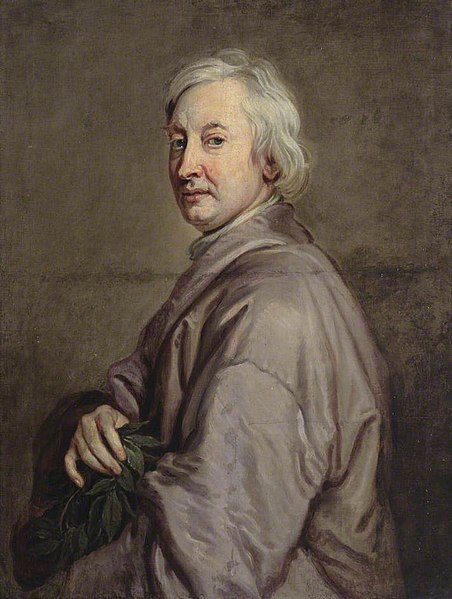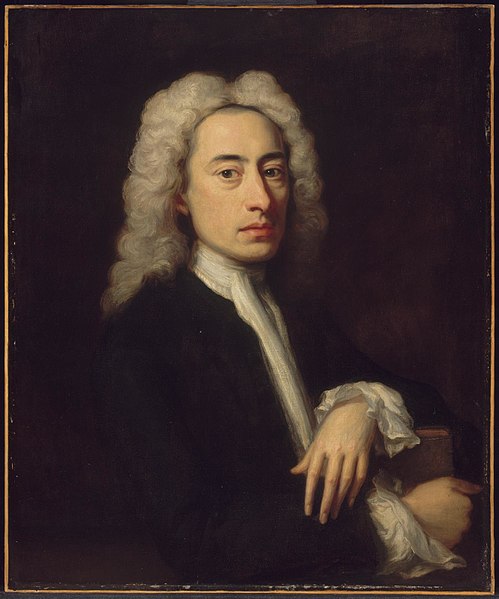In Western anthropology, philosophy, and literature, the noble savage is a stock character who is uncorrupted by civilization. As such, the noble savage symbolizes the innate goodness and moral superiority of a primitive people living in harmony with Nature. In the heroic drama of the stageplay The Conquest of Granada by the Spaniards (1672), John Dryden represents the noble savage as an archetype of Man-as-Creature-of-Nature.
The historical painting The Death of General Wolfe (1771) features a noble-savage Indian observing the behaviours of civilized British soldiers facing the battlefield death of their commanding officer. (Benjamin West; detail)
In the essay "Of Cannibals" (1580), about the Tupinambá people of Brazil, the philosopher Michel de Montaigne introduced the noble savage (nature's gentleman) as a stock character in the stories of Europeans' relations with the non-European Other.
The playwright John Dryden coined the term "noble savage" in the stageplay The Conquest of Granada by the Spaniards (1672).
In the poem "An Essay on Man" (1734), the poet Alexander Pope developed the noble savage into the non-European Other. (Jonathan Richardson, c. 1736)
In the arts of the Western World, Primitivism is a mode of aesthetic idealization that means to recreate the experience of the primitive time, place, and person, either by emulation or by re-creation. In Western philosophy, Primitivism proposes that the people of a primitive society possess a morality and an ethics that are superior to the urban value system of civilized people.
In a Tropical Forest Combat of a Tiger and a Buffalo (1908–1909), by Henri Rousseau
The stylistic influences of the African mask of the Fang people are noticeable in the painting Les Demoiselles d'Avignon (1907), by Pablo Picasso.
Spirit of the Dead Watching (1892), by Paul Gauguin
In the painting Les Demoiselles d'Avignon (1907) the two figures at the right indicate the stylistic origin of Pablo Picasso's African period








